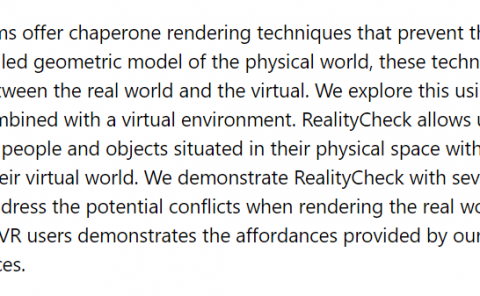Exploring Computation-Communication Tradeoffs in Camera Systems
PubDate: Oct 2017
Teams: University of Washington
Writers: Amrita Mazumdar, Thierry Moreau, Sung Kim, Meghan Cowan, Armin Alaghi, Luis Ceze, Mark Oskin, Visvesh Sathe
PDF: Exploring Computation-Communication Tradeoffs in Camera Systems

Abstract
Cameras are the defacto sensor. The growing demand for real-time and low-power computer vision, coupled with trends towards high-efficiency heterogeneous systems, has given rise to a wide range of image processing acceleration techniques at the camera node and in the cloud. In this paper, we characterize two novel camera systems that use acceleration techniques to push the extremes of energy and performance scaling, and explore the computation-communication tradeoffs in their design. The first case study targets a camera system designed to detect and authenticate individual faces, running solely on energy harvested from RFID readers. We design a multi-accelerator SoC design operating in the sub-mW range, and evaluate it with real-world workloads to show performance and energy efficiency improvements over a general purpose microprocessor. The second camera system supports a 16-camera rig processing over 32 Gb/s of data to produce real-time 3D-360 degree virtual reality video. We design a multi-FPGA processing pipeline that outperforms CPU and GPU configurations by up to 10x in computation time, producing panoramic stereo video directly from the camera rig at 30 frames per second. We find that an early data reduction step, either before complex processing or offloading, is the most critical optimization for in-camera systems.



